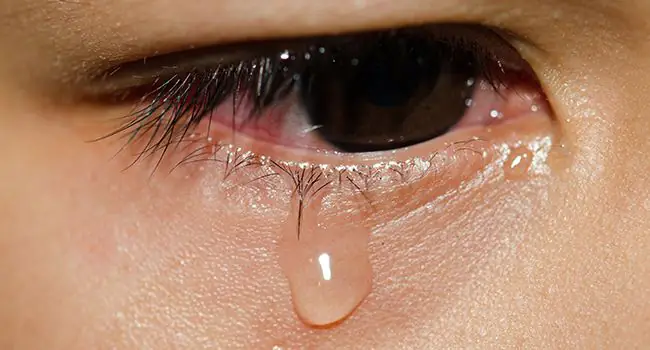Invisible Waves Beneath the Surface
Crying in silence often follows “good” days because our minds finally allow a release, a whisper of everything we’ve held back.On the outside, the day felt perfect—sunshine, laughter, smiles. But somewhere inside, you feel a quiet ache. After the laughter fades, and the accomplishments are tucked away, tears begin to form. They’re not loud or chaotic—they’re soft, intimate reminders that life is a tapestry of emotions, not just the highlights.
The Emotional Backlog of Joy
Joyful moments don’t erase pain—they simply coexist. When life gives us a bright day, our emotional reserves feel full enough to allow other feelings to surface. That night, your brain processes the emotional “leftovers”: the stress, the doubts, the unresolved grief. It’s normal and restorative—the mind’s way of integrating contrast and depth into our experience.
Why Quiet Tears Matter
Crying silently isn’t weakness—it’s courage. It shows you’re attuned to your emotional ecosystem, not hiding from subtle undercurrents. These tears:

- Balance your inner ecosystem, preventing emotional overload later.
- Signal self-awareness, acknowledging that you’re more than your highs.
- Release stress hormones, offering physical relief and mental clarity.
In essence, quiet tears are a healing balm for the soul.

A Shared Human Rhythm
If you’ve ever felt this, know you’re not alone. Our common humanity embraces cycles of joy and vulnerability. Whether we’re celebrating a milestone or finishing a beautiful day, a quiet tear shows it’s okay to be whole—not perfect. The silent moments after a good day are often where we reconnect with our own complexity and authenticity.
Real-Life Scenarios
- After a wedding or festival, you might wake up emotional—not from stress, but awareness of what the moment meant.
- After work achievements, the evening fades into silence, and tears appear—not from failure, but from the weight of self-expectation.
- After family fun, your heart fills with love—and longing—for connection beyond the day’s bustle.
Coping and Embracing Silent Tears
- Name the Emotion
Say in your head or write down: “I feel tender,” “I feel overwhelmed,” or simply, “I feel grateful.” Naming normalizes the moment. - Gentle Rituals
Light a candle, brew a cup of tea, or sit with soft music. These small acts honor your emotional state without forcing a resolution. - Express Creatively
Draw, journal, walk, or tell someone. You may choose to keep the moment private or share it—either way, it’s permission to process and grow. - End With Gratitude
Acknowledge both joy and tenderness. Gratitude anchored in complexity helps embed emotional richness.
Transforming Tears Into Growth
Silent tears following a bright day can become seeds for transformation:
- They help you understand yourself more deeply.
- They bring compassion for your own fragility.
- They open space for authentic connection with others who recognize the same quiet sighs.
Instead of fearing these tears, embrace them as part of your emotional spectrum—the gentle echoes of a full day, the whispered affirmations of your heart’s wisdom.

Final Reflections
A “good” day is a springboard—one that eventually sends us into the depth of our own being. Crying in silence afterward is not an ending; it’s a pause, a quiet chorus that teaches: “You are human. You are whole.”
So when the world feels bright, let your tears rise at night—they’re part of the same beautiful cycle. And remember: each tear, though silent, speaks volumes about your courage to feel deeply, live fully, and embrace all that is you.
Do follow UAE Stories on Instagram.
How Prioritizing Mental Health in Dubai Transformed My Life Forever













